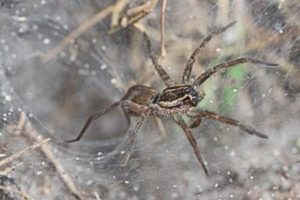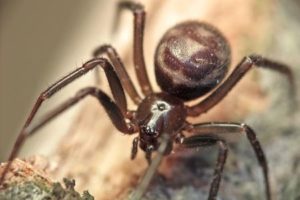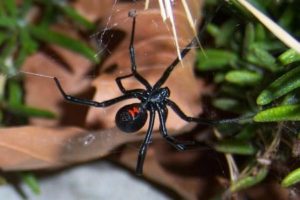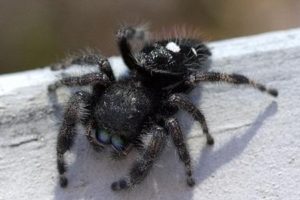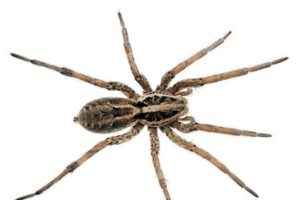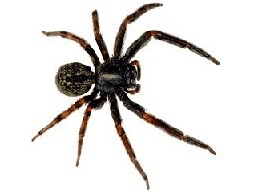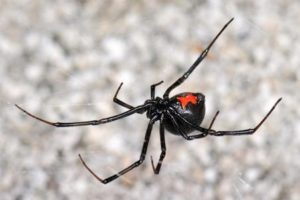Spider Removal & Info
Spiders are considered a beneficial pest because of their prey to other insects and many people do not consider spider control measures for most spiders. Because spiders have eight legs, they are easy to separate from insects, which have only six legs.
Biology & Behavior
Some spiders like moisture and are found in basements, crawl spaces and other damp parts of buildings. Others like dry, warm areas such as subfloor air vents, upper corners of rooms and attics. They hide in dark areas.
Tens of thousands of spider species have been identified throughout the world. These arachnids have eight legs and two body segments. Spiders have three or four pair of eyes. Many spiders have poor vision, but some species of spiders, such as the jumping spider, have exceptional vision.
Tracks
Spiders are capable of producing silk that is elastic, adhesive and strong. This silk is used to spin webs as well as to construct egg sacs and line spider dwellings. The size and shape of spider webs vary by species: some are orb-shaped, while others are funnel-shaped; some webs are orderly, while others appear haphazard. Some spider species live in burrows rather than webs, while others are free ranging and take refuge in crevices.
Damage
While most spiders pose little or no danger to people, some species can deliver venomous bites that may cause medical issues. In the U.S., the two most common venomous spiders are the brown recluse, distinguished by the violin-shaped marking on the top of its cephalothorax, the body part consisting the spider’s fused together head and thorax. The other important venomous spider is the black widow, notable for the red hourglass shape on the underside of its jet-black abdomen.
Pictures
Commonly ASKED QUESTIONS?
What do you do with trapped animals?
That answer depends on the state in which you live. Each state has their own laws that dictate what we must do when it comes to controlling wildlife on your property. In some states, we can trap, transfer and release the animals. In some states we can trap the animals, but we can only release them back onto your own property. If you don’t want the animal released on your property, it must be humanely euthanized. Sometimes we don’t even need to trap the animal and a simple exclusion device (one-way door) can be installed to allow the animal to exit your home and be locked out.
How much does it cost to remove an animal?
There are a number of factors that determine pricing; location of the animal (i.e. – chimney, attic, crawl, wall void, living area), condition of the animal (i.e. – sick, aggressive, dead), location and condition of the property and time of year (i.e. – weather condition, offspring present?). Generally speaking, pricing will vary by location and species for just the animal removal and that pricing usually does not include the entry repair.
I think I have birds in my chimney, can you get them out?
The answer to that question is most likely “Yes”, but are you sure what you’re hearing is birds? Raccoons easily invade chimneys and they have their litters on the smoke shelf of fireplaces. The sounds baby raccoons make are often mistaken for birds in chimneys and removal can be difficult. The only birds that nest in chimneys are chimney swifts and they’re federally protected, so removal can’t be performed, but exclusion can be – once they depart. If you have a pre-fabricated chimney and birds fall between the cooling tubes, removal is nearly impossible.
How soon can you get here?
Office hours vary from franchise to franchise, but generally speaking, office hours are 8am – 6pm M-F and 9am – 3pm on Saturdays.
Clients Testimonials
OUR EXPERTS WILL SOLVE THEM IN NO TIME.
Have Any Pest Problems?
Navigations
Contact Information

At Critter Removers we're committed to providing you with the highest level of services and solutions to best fit your pest or critter control needs.
